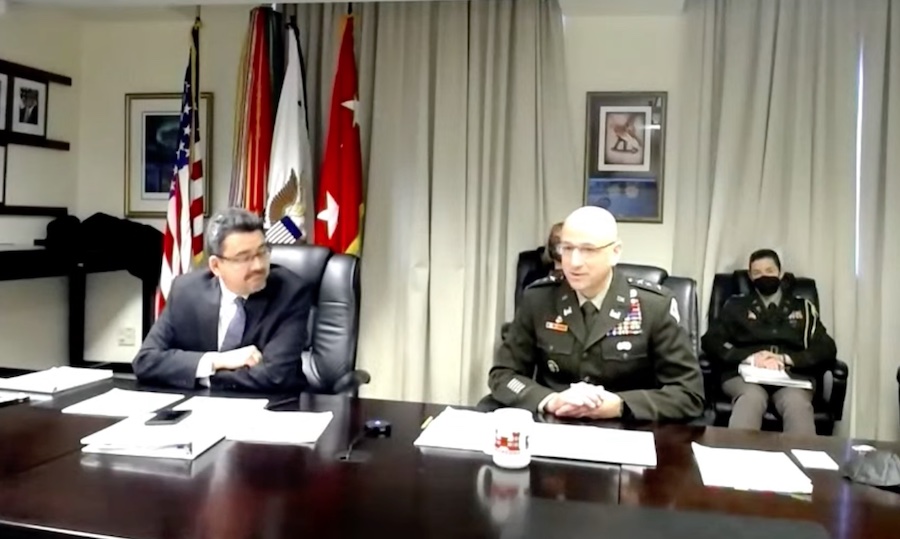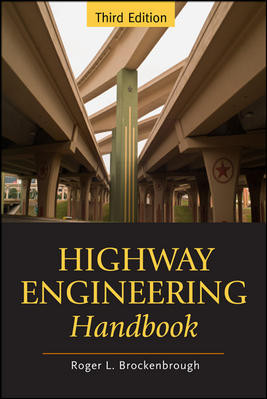Key House and Senate committees are moving ahead with plans to draft a new Water Resources Development Act (WRDA) to authorize billions of dollars for Army Corps of Engineers flood protection, river locks and dams, port dredging, environmental restoration and other civil works projects.
As they work on the legislation in coming months, lawmakers' goal is to pass a bill by the end of the year, and continue their practice, dating to 2014, of approving a WRDA bill every other year. Lists of authorized projects traditionally are the engines that propel WRDA bills through Congress.
Based on testimony from top Army officials at House and Senate hearings on Jan. 12, new projects already are getting in line to be included in a 2022 water resources bill.
[View Webcast of House hearing here and of Senate hearing here .]
Lt. Gen. Scott Spellmon, Army Chief of Engineers and Corps Commanding General, told the House water resources and environment subcommittee that since the last WRDA was enacted in December 2020, he has signed “Chief’s Reports” recommending approval for 14 projects.
By far the largest of the 14 is the Coastal Texas Protection and Restoration plan, a multi-part effort that includes a $26.1-billion storm surge barrier system on Galveston Bay. The federal share of that project element is an estimated $16.1 billion.
Spellmon also said that he expects to sign reports for seven more projects by May, with an additional seven up for consideration after that.
The 2020 WRDA, which was part of a bigger, omnibus spending package, authorized $9.9 billion in federal funds for 46 new Corps projects. The 2018 and 2016 WRDAs each authorized 30 projects. Before authorized projects actually receive funding, however, they still require annual appropriations.
Rep. Peter DeFazio (D-Ore.), who chairs the full House Transportation and Infrastructure Committee, said, “The Corps has been really pathetically underfunded for decades.”
Senate Environment and Public Works Chairman Tom Carper (D-Del.) said the Corps backlog of authorized but not appropriated projects exceeds $110 billion.
Along with the projects, WRDA measures also have been vehicles for water resources policy changes.
Michael Connor, assistant secretary of the Army for civil works, told the Senate and the House panels that the Biden administration also wants to see water resources projects reflect administration priorities, such as focusing on increased resilience against storms and other impacts of climate change.
Other priorities, Connor said, include a focus on projects that advance environmental justice in economically disadvantaged areas and improving the freight transportation supply chain.
WRDA discussions are at an early stage. They come at a time when the Corps has received a massive infusion of federal funds, much of it in the form of appropriations.
The largest recent injection was the $17.1 billion the Corps was allotted in the Infrastructure Investment and Jobs Act, signed into law on Nov. 15. Another sizable addition was $5.7 billion in fiscal year 2022 disaster relief supplemental spending bill.
Soaring Corps Budgets
Spellmon noted that in recent years, thanks to the IIJA, the supplemental spending measure and other legislation, the Corps' annual budgets have soared over the past five years.
He told the Senate committee that the Corps is structured, organized and staffed for what has been an overall program of $20 billion to $22 billion. But he added, "Our current program is $84 billion—and it's growing."
The Corps civil works sector has seen the fastest growth, Spellmon said, rising over the past five years to more than $48 billion, from $7 billion.
Spellmon said, “This funding provides the Corps with a once-in-a-generation window of opportunity to deliver water resources infrastructure programs and projects that will positively impact the lives of communities across this great nation.”
He also said the Corps is seeking to improve its decision-making processes to help deliver projects on time and on budget. It also is speeding up recruitment and taking other steps to attract and retain top talent.
Moreover, Spellmon said, the organization is "combining traditional and alternative-delivery concepts" to deliver additional contracting "tools."
Mike Strachn, a senior adviser with water resources consulting firm Dawson and Associates, noted that the Corps has been receiving substantial funding. "On the other hand," Strachn says, "the Corps now has to execute."
Strachn, a former Corps congressional liaison official, says, "The Corps does have execution problems. And both Connor and Spellmon acknowledged that they need to step up their game in terms of being able to execute the program."
Rare Bipartisanship
Based on the tenor of the House and Senate hearings and the large number of committee members from both sides of the aisle who participated, there is bipartisan interest in producing a new WRDA measure this year, industry officials say.
John Doyle, special counsel with law and lobbying firm JonesWalker LLP, said in an interview, "The list of pieces of legislation that can be characterized that way can be counted probably on two or three fingers."
Strachn, who also was a top House transportation committee aide, notes that 2022 is an election year that will be the most contentious in recent memory. Nevertheless, he says, "One has to be guardedly optimistic on the prospects of a WRDA 2022."





